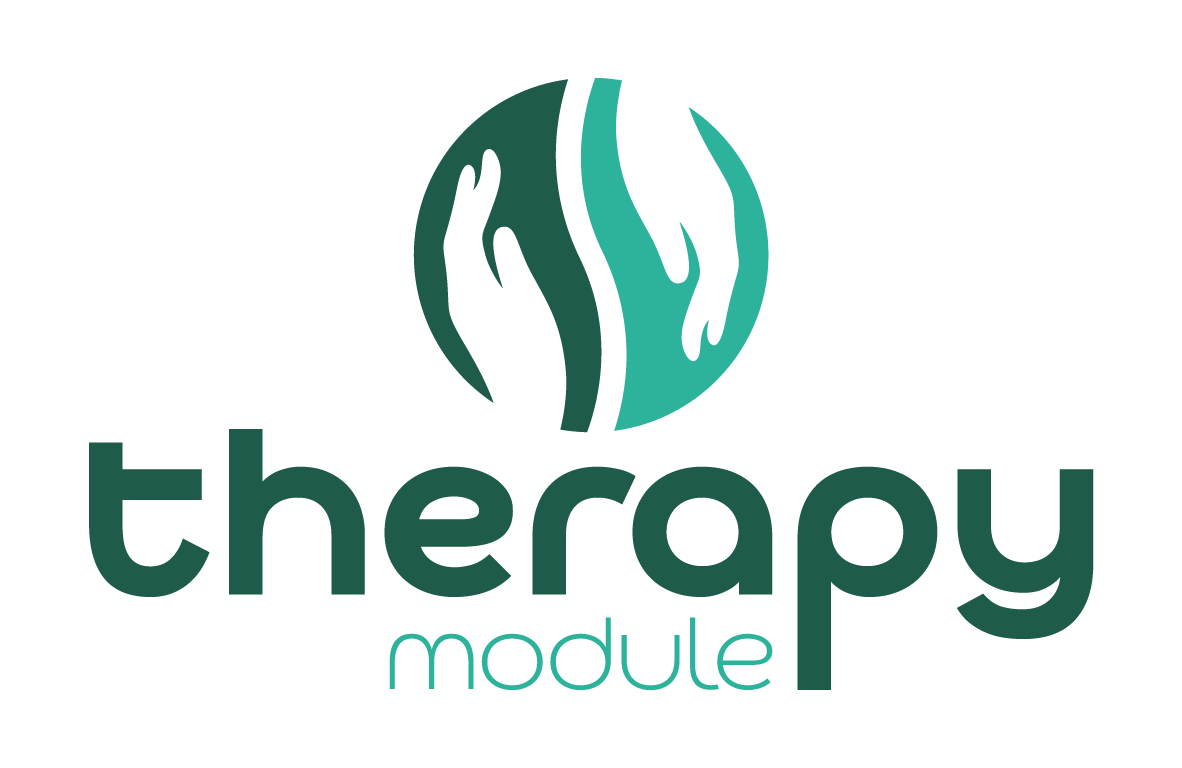What is EMDR?
Eye Movement Desensitization and Reprocessing (EMDR) is a psychotherapy treatment designed to alleviate the distress caused by traumatic memories. It uses external stimuli, such as eye movements, hand-tapping, or audio stimulation, while the client focuses on emotionally disturbing material.
EMDR therapy aims to access and process traumatic memories to achieve adaptive resolution, resulting in reduced distress, reformation of negative beliefs, and decreased physiological arousal.
The therapy follows a three-pronged protocol: addressing past events, targeting current distressing circumstances, and incorporating imaginal templates of future events. EMDR therapy has been extensively researched and recognized as an effective treatment for trauma by various organizations. The treatment involves eight phases, including history-taking, skill development, target identification, processing of targets using bilateral stimulation, closure, and progress evaluation.
In simpler terms; EMDR therapy is a type of psychotherapy that helps people heal from emotional distress caused by traumatic experiences. It uses techniques like eye movements to process traumatic memories and promote adaptive resolution. The therapy focuses on addressing past events, current distress, and future situations.
Extensive research supports its effectiveness, and it is widely used by clinicians worldwide. The therapy involves eight phases, including assessment, skill development, identifying targets for processing, using bilateral stimulation to process targets, and evaluating progress.
Please click the link for more content.

